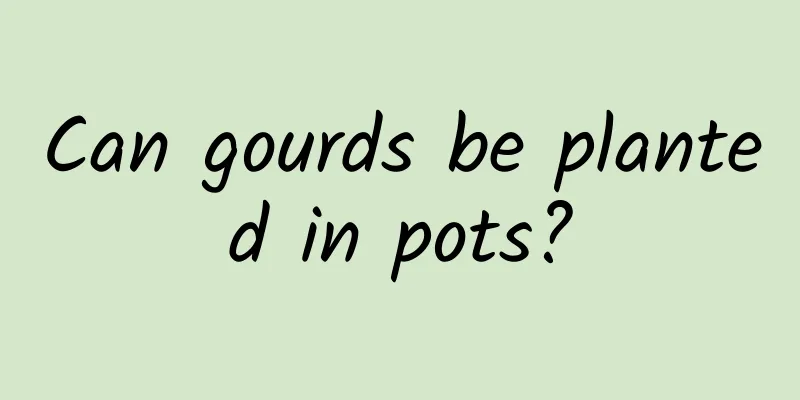How to keep family courtyard flowers warm during winter

Water and fertilizer managementAs the weather turns cooler in late autumn, flowers enter the late growth stage. At this time, the application of nitrogen fertilizer should be controlled, and more phosphorus and potassium fertilizers, magnesium, boron, zinc, iron micro-fertilizers, root promoters, etc. should be applied. At the same time, control the amount of watering to promote the growth of plants and enhance their cold resistance. After entering the winter dormancy period, inter-cultivation and fertilization are carried out once, mainly using manure, feces, cake fertilizer, etc., to increase the concentration of soil solution and further enhance the cold resistance of outdoor flowers. Cover for winterSome perennial flowers and annual herbaceous flowers that overwinter in the open air in the courtyard, such as peony, canna, dahlia, tulip, etc., are prone to frost or cold damage when they overwinter naturally in the area north of the Huaihe River. Generally, before the arrival of a cold wave, the ground around the roots of flowers is covered with materials such as leaves, wheat straw, rice straw or plastic film to keep warm, insulate and prevent frost. Remove these coverings after the late frost in late April of the following year. Mulching the rootsWhen winter comes, all the above-ground parts are dormant, but the roots are still growing slowly, such as peony, hydrangea, hibiscus, osmanthus, rose, etc. You should build up soil around the roots of these flowers, and when the plants begin to sprout in spring, dig up the soil and start watering and fertilizing. Wrapping insulation materialFor some larger ornamental flowers and trees, because their bodies are too large to be buried or covered, they can be protected from the cold by wrapping them with thin straw ropes, straw, paper, or covering them with plastic film. For some flowers and trees that are more cold-resistant but afraid of cold winds or have just been planted, you can use the method of setting up wind barriers, that is, using reed mats, tree sticks, corn stalks and other materials to build wind barriers on the west and north sides of the flowers and trees. For example, this method can be used to protect against the cold for cedars and cypresses planted and bred in the area north of the Huaihe River. |
<<: Factors that affect seed germination rate
>>: How to judge the deficiency of flower nutrition
Recommend
Can blueberries be grown in the north?
Can blueberries be grown in the north? Blueberrie...
How many colors does the Buddha Bead Succulent have and how to care for it
1. Leaves have one color The leaves of the succul...
When to plant cabbage?
Cabbage is a widely grown vegetable with strong a...
Common varieties of Daxuesu
Daxuesu of Shigu Daxuesu Shigu Daxuesu is one of ...
Where is the best place to plant Jabuticaba? What is the best growing environment?
Jabuticaba Planting Area The origin of jaboticaba...
When should sweet potatoes be planted and seedled?
Sweet potato is an important food crop and cash c...
How to grow potted lemons? Cultivation methods and maintenance matters
Lemon pot cultivation method 1. Potting soil: Whe...
Before the camellia blooms, cut it with a pair of scissors and the flowers will bloom more vigorously.
Anyone who has experience in growing camellia mus...
When/how/how/how much water/frequency should you use to water bluebells?
1. Watering time Watering of bellflowers is gener...
Money tree price, pictures of money tree
1. Price The price of a money tree is not fixed. ...
10 tips for successful cuttings
1. Selection of cuttings Cuttings are branches us...
Star anise seed germination method and steps How to grow star anise seeds
Star anise seeds are oily and have thick seed coa...
Things to note when repotting cacti: Root pruning and watering should be done well to make them adapt to the pot faster
Things to note when repotting cactus Most cacti o...
The efficacy and function of Dendrobium chrysanthemum
1. As a medicinal material This plant is very fam...
When is the best time to sow orchids?
The right time to plant orchids Orchids belong to...









